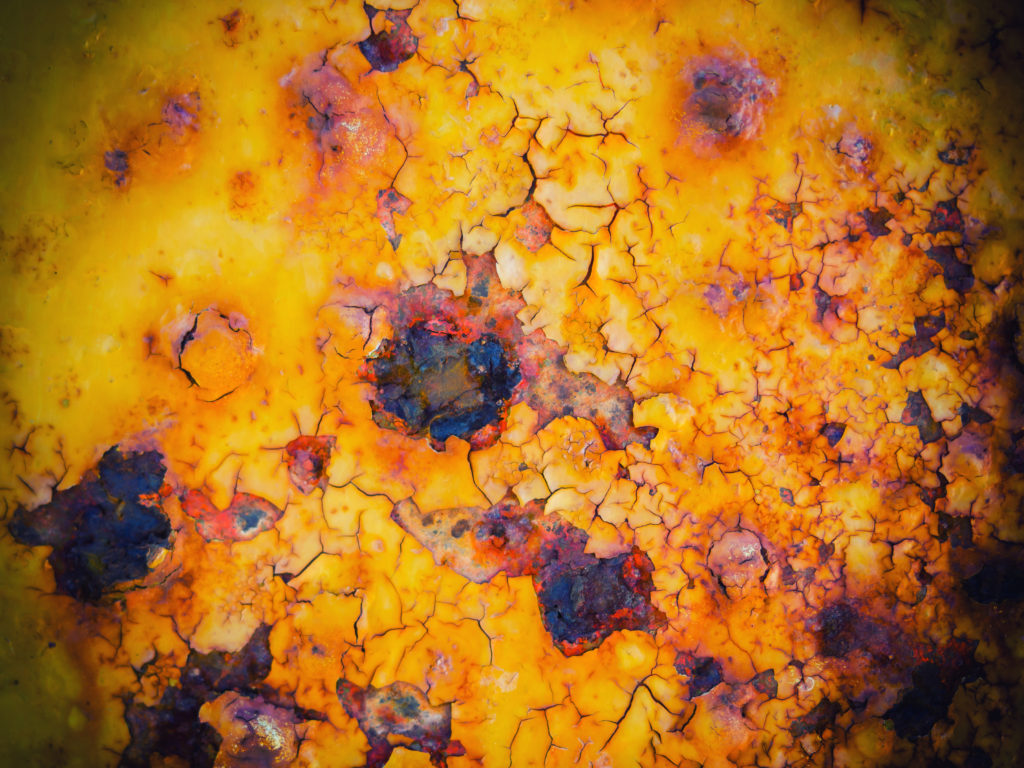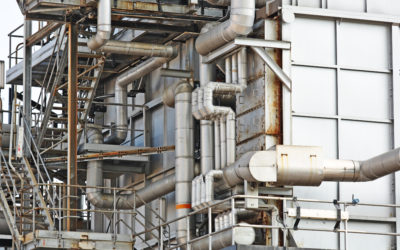The Ultimate Solution to Corrosion in Heat Exchangers
Corrosion is a constant threat to the efficiency and longevity of heat exchangers, which play a critical role in many industries by transferring thermal energy between fluids. With their exposure to extreme temperatures, corrosive substances, and constant operational demands, heat exchangers face significant risks from corrosion. However, there are effective ways to protect these vital components, and one standout solution is HeatX, an advanced protective coating and surface treatment designed to safeguard heat exchangers from the damaging effects of corrosion.
Understanding Corrosion in Heat Exchangers
Corrosion is the gradual degradation of materials due to environmental reactions, causing a loss of material and reduced structural integrity. In heat exchangers, this can lead to diminished performance, safety risks, and high maintenance costs. Metals and alloys, which are commonly used in heat exchangers, are particularly vulnerable when exposed to corrosive conditions like fluctuating temperatures and harsh chemicals in the fluids they handle.
Types of Corrosion That Affect Heat Exchangers
Corrosion in heat exchangers can take several forms, each with unique challenges:
- Uniform Corrosion: This type of corrosion spreads evenly across the surface, gradually thinning the material, which reduces heat transfer efficiency and weakens structural integrity.
- Galvanic Corrosion: When two different metals come into contact in the presence of an electrolyte, one metal corrodes faster than the other. In heat exchangers, this can lead to accelerated deterioration in certain areas, compromising performance and shortening the lifespan of the equipment.
- Pitting Corrosion: This localized form of corrosion creates small pits or holes in the metal, eventually leading to leaks and a significant loss of efficiency in heat exchangers.
- Crevice Corrosion: Found in areas with confined spaces like joints or seams, crevice corrosion occurs when corrosive agents accumulate in small spaces, causing localized damage that weakens the heat exchanger.
The Importance of Corrosion Prevention
Corrosion prevention is critical for maintaining the efficiency, safety, and longevity of heat exchangers. If unchecked, corrosion can lead to costly repairs, production downtime, and even complete equipment failure. Here’s where HeatX comes in as a game-changing solution.
HeatX: A Protective Coating for Corrosion Control
HeatX is a revolutionary nanocomposite surface treatment specifically designed to protect heat exchangers from the harmful effects of corrosion. By applying HeatX, operators can ensure that their equipment is shielded from various types of corrosion, improving the performance and lifespan of their heat exchangers. Here’s how HeatX offers unparalleled protection:
- Superior Corrosion Resistance: HeatX creates an omniphobic coating on heat exchanger surfaces, repelling water and other corrosive agents. This coating acts as a barrier, preventing uniform, galvanic, pitting, and crevice corrosion from taking hold.
- Increased Heat Transfer Efficiency: By protecting the surface from corrosion and keeping it smooth, HeatX helps maintain optimal heat transfer efficiency. Corroded surfaces can lead to inefficient heat exchange, but with HeatX, this risk is minimized.
- Durability and Longevity: HeatX is designed to withstand extreme temperatures and harsh environments, ensuring that heat exchangers remain protected for longer periods without frequent reapplication or repairs.
- Reduced Maintenance Costs: With HeatX, companies can significantly cut down on maintenance and repair costs. By preventing corrosion from occurring in the first place, operators can avoid expensive downtime and the need for costly part replacements.
How HeatX Solves Corrosion Challenges
Heat exchangers are exposed to various environmental factors that contribute to corrosion, such as fluctuating temperatures, moisture, and aggressive chemicals. Traditional methods of corrosion control, such as material selection and cathodic protection, can help but are often not enough. HeatX offers an innovative solution by providing a protective barrier that significantly reduces the likelihood of corrosion.
- Protection Against Uniform Corrosion: HeatX prevents the gradual thinning of metals by forming a protective layer that shields the surface from chemical reactions with the environment.
- Shielding from Galvanic Corrosion: When dissimilar metals are used in heat exchangers, galvanic corrosion can occur. HeatX minimizes this risk by creating a non-reactive surface that protects both metals from corrosive interactions.
- Preventing Pitting and Crevice Corrosion: The advanced nanocomposite formula of HeatX ensures that the metal surface remains protected even in confined spaces and localized areas. This reduces the risk of deep pits or leaks forming due to localized corrosion.
The Future of Corrosion Protection with HeatX
As industries continue to rely on heat exchangers for efficient thermal energy transfer, protecting these systems from corrosion becomes a top priority. HeatX offers a forward-thinking solution that prevents corrosion and enhances the overall performance and lifespan of heat exchangers. By incorporating HeatX into their maintenance strategy, operators can reduce costs, minimize downtime, and ensure the long-term reliability of their heat exchange systems.
With HeatX, corrosion doesn’t stand a chance. Protect your heat exchangers and ensure their efficiency with this revolutionary surface treatment. To learn more about HeatX from our experts, reach out here.



